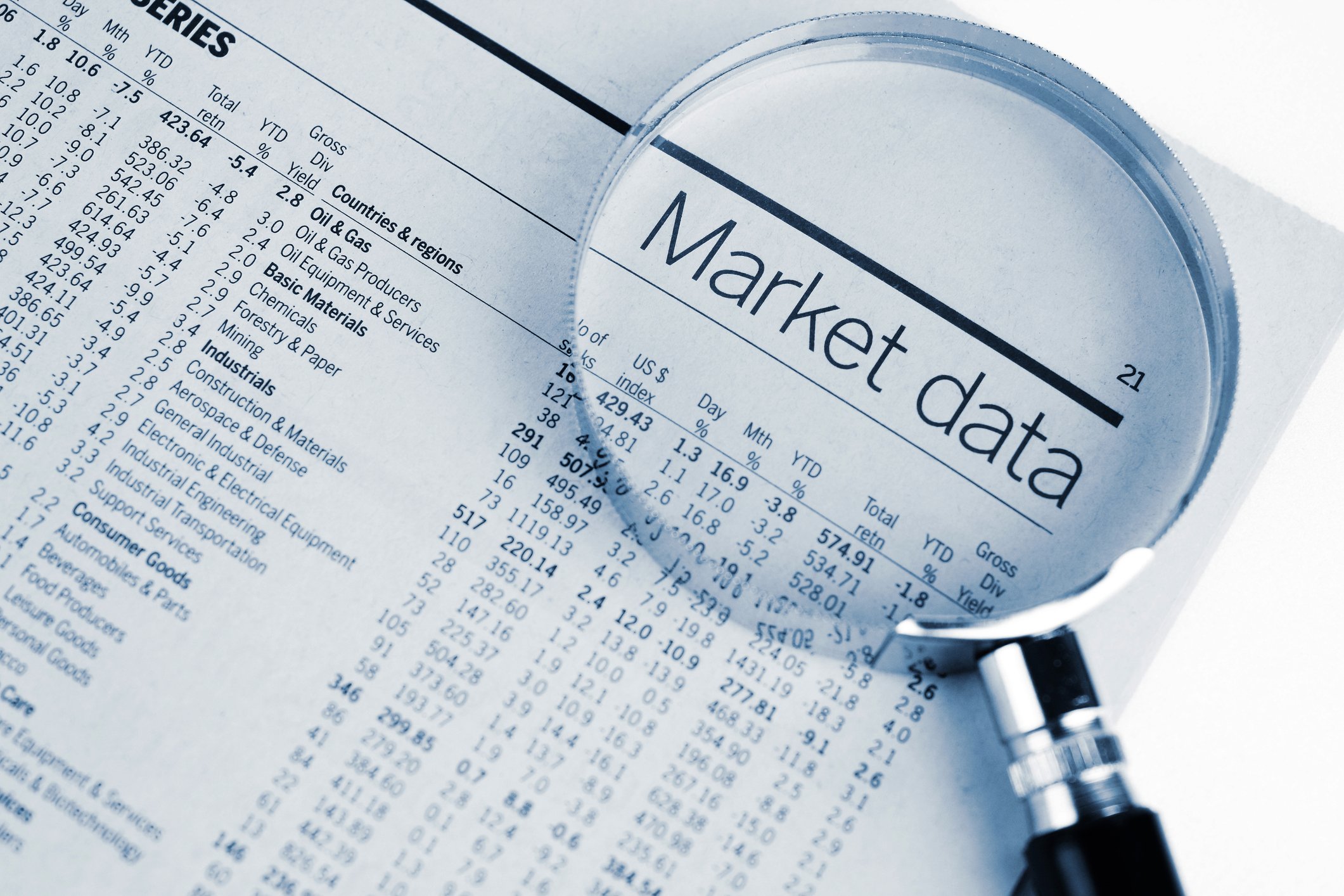Q: I've noticed that companies are added to and removed from the Dow Jones Industrial Average from time to time. Who decides this, and what are the criteria for addition or removal?
The Dow Jones Industrial Average (^DJI +0.38%) has been in existence since 1896, when Charles Dow published the average price of 12 stocks he personally selected that he believed painted a good picture of how American industry was performing.
Since then, companies have come and gone. The number increased to the current 30 shortly before the Great Depression, and over time, "weaker" and failing companies have been removed, and more "important" ones have taken their place. For example, Citigroup and General Motors were removed from the Dow in the wake of the financial crisis, replaced by Cisco Systems and Travelers. Companies can also be removed if they're acquired or taken private, as well as for trouble within the business.
Currently, there is widespread speculation that General Electric could be removed from the Dow if the company continues to struggle. Ironically, GE is the only one of the 12 original components that remains in the index today.
The Dow components are chosen by S&P Dow Jones Indices, and there are no specific rules for inclusion. Generally speaking, components of the Dow should be large and respected companies. However, they aren't the 30 largest companies in the market (a common misconception). So if General Electric is removed from the index, there's no way to accurately predict what could replace it.






